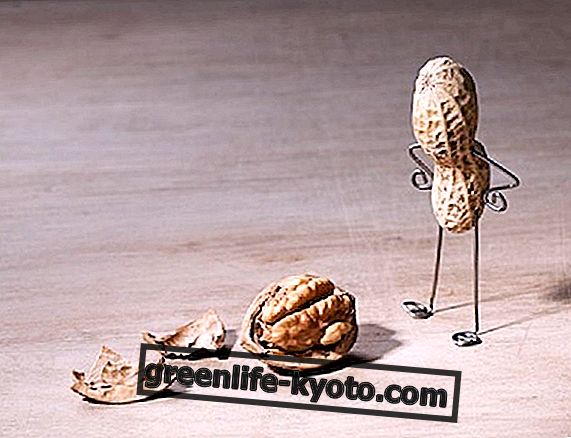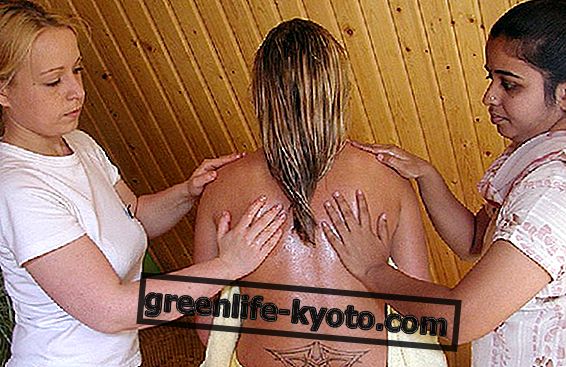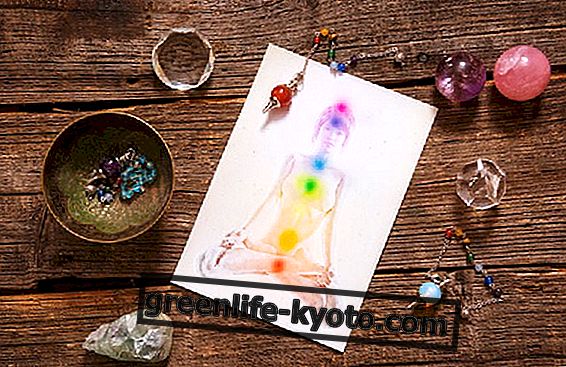
About 30% of people suffering from psoriasis develop over time a form of psoriatic arthritis, which makes the movements of the joints tiring and painful and can cause permanent damage. It generally occurs in people between 30 and 50 who already suffer from psoriasis.
Genetics, the immune system and environmental factors seem to be the main culprits.
So far the statistics. If you already have psoriasis and you suspect you have psoriatic arthritis, book a visit to your doctor .
In the meantime, discover the symptoms and the cure for psoriatic arthritis with us .
Psoriatic arthritis: the symptoms
Some symptoms are very general and common to those of other pathologies, for example a form of generalized and permanent fatigue that does not improve even after resting, or eyes reddened like a conjunctivitis, back pain, color changes and nail texture, as in cases of fungal infections.
Other symptoms of psoriatic arthritis are more specific. Usually they affect the distal joints (ie closer to the nails) of the fingers and toes:
- Swollen fingers, "sausage" phalanges
- Pain and swelling in the tendons, at the point of insertion on the bones
- Stiffness, throbbing pain and swelling in one or more joints
- Sense of limitation of movements
- Morning stiffness and tiredness .
The pains and symptoms described above can also be in the back, knees, wrists, ankles.
In 85% of cases, psoriasis occurs long before psoriatic arthritis: those who suffer from psoriasis and begin to experience joint disorders, it is good that you contact your dermatologist or doctor first .
In any case, there are no definite correlations between the intensity of psoriasis symptoms and those of psoriatic arthritis. The same person may have poor skin lesions and serious joint symptoms, or vice versa.
Psoriatic arthritis: treatment
An early diagnosis allows you to have adequate therapies as soon as possible , and can even prevent the disease from getting worse .
The drug therapies, most often used, aim to alleviate pain and swelling, and prevent or limit joint damage.
Other targeted therapies are aimed at improving "upstream" both psoriasis and evolution in psoriatic arthritis.
Also recommended by doctors, to maintain high joint function, natural remedies such as physical activity (very suitable for Yoga and Tai Chi) and physiotherapy, which acts on more specific areas.
Psoriatic arthritis: natural cures
Dietary advice: follow a diet that makes you lose weight, or at least keep a weight that is not excessive, so as not to burden the joints further.
Avoid foods that increase inflammation (red meats, preserved foods, animal proteins in general) and eat foods that lower inflammation (seeds, dried fruit, cold-water fish, in general but prefer plant foods).
Do not overdo it with foods containing gluten, to avoid further intestinal inflammation: try the variety of cereals, try corn, rice, buckwheat, oats.
Remedies from the world of plants:
- Aloe Vera gel : applied up to three times a day, it helps reduce swelling and pain.
- Turmeric : decreases the symptoms of psoriasis and psoriatic arthritis, an article also shows the International Union of Biochemistry and Molecular Biology. It is found in dry extract or as a component of curry. Always within the maximum daily doses of 1-2 grams.












